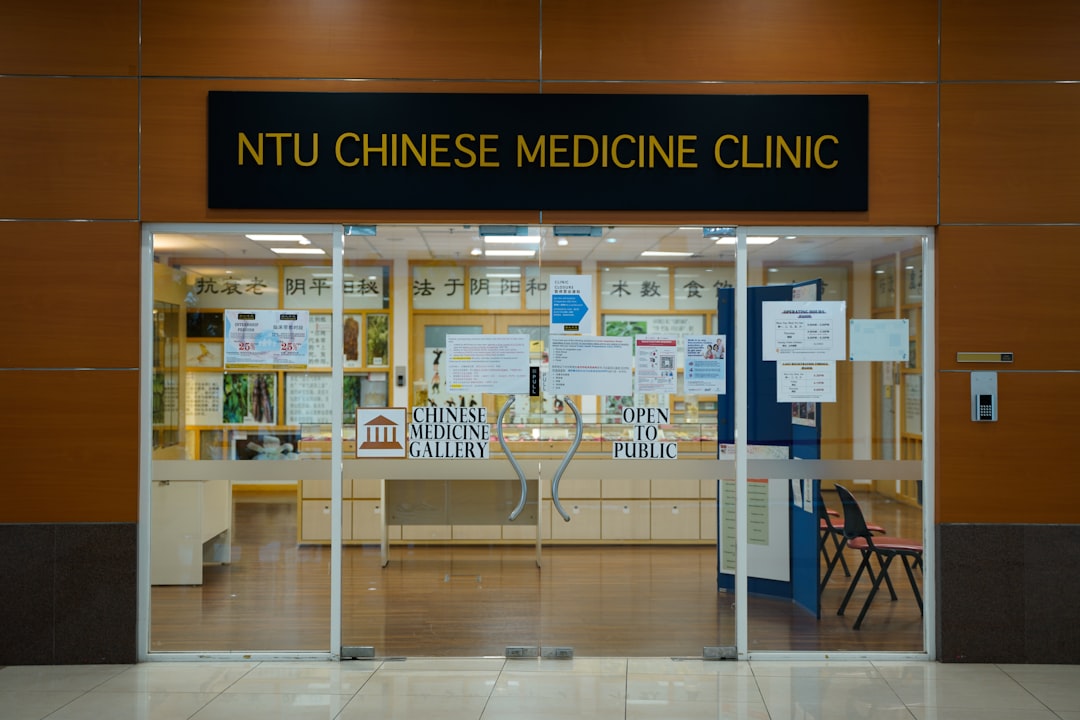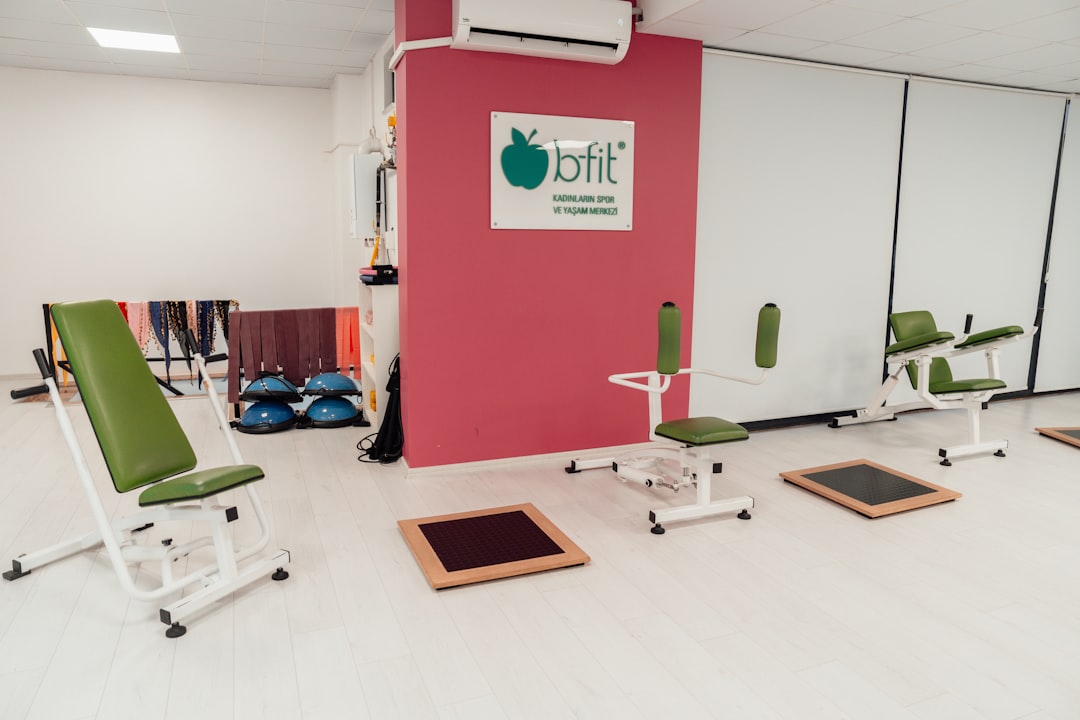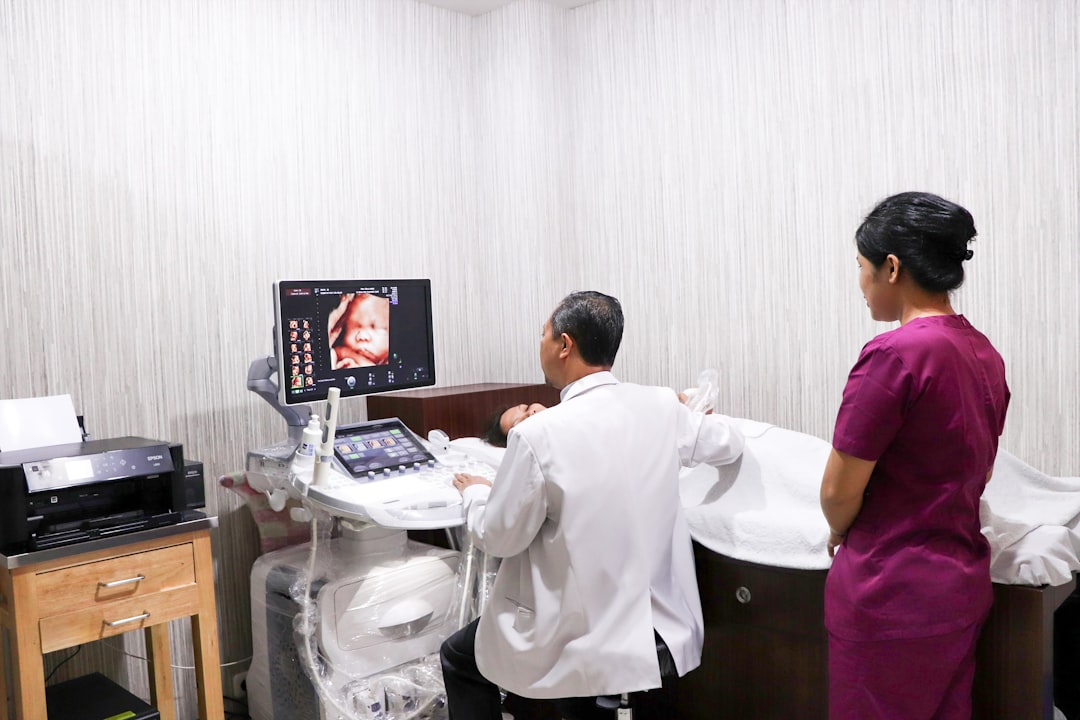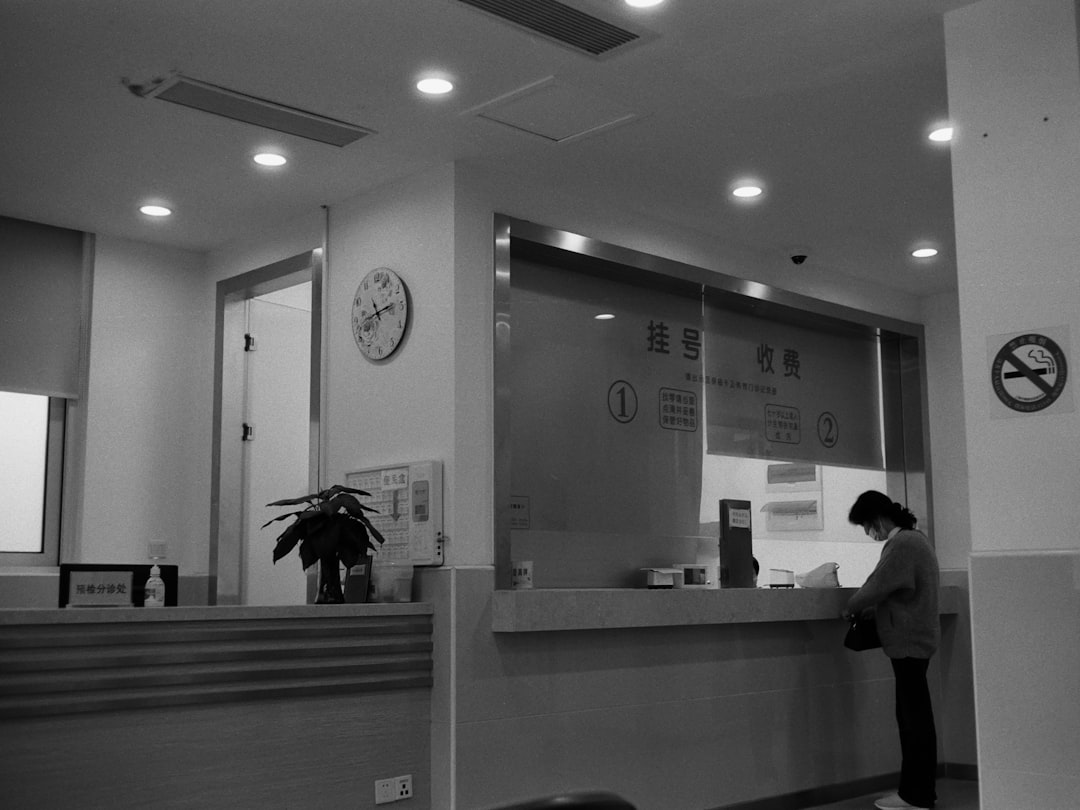

Engage prospects with a scan and streamline customer engagement with FREE QR code marketing tools by Sona – no strings attached!
Create a Free QR CodeFree consultation

No commitment

Engage prospects with a scan and streamline customer engagement with FREE QR code marketing tools by Sona – no strings attached!
Create a Free QR CodeFree consultation

No commitment
Pain management clinics play a critical role in helping patients address chronic pain, improve mobility, and reclaim quality of life. With increased demand for comprehensive pain management treatments and growing scrutiny around patient satisfaction and regulatory compliance, these clinics face unique challenges capturing accurate, actionable feedback at scale.
Traditional feedback collection has long relied on analog processes such as paper forms at check-out or follow-up phone calls. These methods not only suffer from low response rates and manual data entry errors, but also leave clinics with slow, incomplete, and often outdated insights. The resulting data gaps can make it difficult for clinics to identify high-value patient concerns, adapt services proactively, or demonstrate quality improvements to regulators and prospective patients. Missing high-value feedback, especially from patients who do not complete forms or return calls, means important opportunities for service refinement remain untapped.
Modern tools have emerged to address these challenges, and QR codes in particular now offer a streamlined way to turn every patient touchpoint, such as appointment cards, treatment rooms, or discharge paperwork, into a ready opportunity for instant feedback and engagement, especially in healthcare communications. By integrating QR code-driven workflows, clinics can reduce administrative friction, increase participation from previously anonymous visitors, and enrich their feedback database with real-time, actionable insights. These digital solutions also support compliance and help maintain accurate segmentation for targeted improvements, making systematic, patient-centric progress possible at scale.

QR codes fundamentally bridge the gap between a clinic’s offline services and digital feedback loops, addressing the persistent challenge of missed feedback from patients who may skip analog surveys or disconnect after care. Clinics often find that high-value patient observations go untracked, especially when forms are lost or follow-up calls go unanswered, leading to missed opportunities for both immediate service recovery and long-term protocol improvements.
Here is a step-by-step approach to using QR codes for better feedback collection that replaces outdated processes and accelerates insight generation across your clinic:
By shifting from outdated, labor-intensive feedback systems to data-driven digital engagement, clinics can ensure they no longer lose track of valuable patient perspectives or introduce segmentation errors. Advanced platforms automate survey distribution, link responses to specific service or provider touchpoints, and sync data to practice management and CRM systems for integrated follow-up and quality assurance. This allows pain management teams to act on insights within hours, not weeks.

Collecting timely, high-quality feedback is a universal challenge for pain management clinics, particularly when patients interact with a variety of treatments and support staff. Without real-time input, clinics face significant gaps in visibility, and critical dissatisfaction signals can be missed until they surface as poor reviews or patient churn. Paper-based questionnaires often sit incomplete in bins, phone surveys suffer from low pick-up rates, and email links can get lost in crowded inboxes.
QR codes bring speed and simplicity to feedback capture at the exact moment and place where the experience occurs. They move patients from intention to action in seconds, while creating a trustworthy data trail for clinic leaders. When embedded on appointment cards, consents, discharge instructions, or posters in therapy rooms, a QR code turns a passive surface into a portal for patient voice and operational insight.
Real-world applications include QR codes on physical therapy checklists to capture procedure-specific feedback, as well as scan-to-survey prompts on follow-up instruction sheets that keep patients engaged after discharge. Over time, this continuous feedback loop allows clinics to improve protocols and patient communications systematically.
Selecting the right QR code format is essential to generating high-quality data and providing patients with the most convenient options. Pain management clinics often operate across multiple touchpoints and departments, so matching format to task ensures the experience is intuitive and that the clinic can track outcomes effectively.
Several formats work particularly well in this setting, and they can be deployed together to support a comprehensive feedback and engagement strategy:
Dynamic QR codes are especially valuable in clinical environments because they allow changes to destinations without reprinting. They also support per-code analytics, A/B testing of call-to-action language, and UTM parameters. Centralized tools such as Sona QR make it easy to manage formats in one place, maintain consistent branding, and monitor which destinations drive the strongest engagement.
Pain management clinics must demonstrate measurable improvements while retaining patients in a competitive market. Growth does not only mean more appointments, it also includes higher adherence to care plans, increased referrals, and better online reputations. Too often, these opportunities are missed because engagement signals are not captured consistently at the point of experience.
QR codes convert common clinic assets into performance channels that reveal intent and satisfaction while creating low-friction paths to next steps. When clinics quantify what patients want and where friction exists, they can reallocate investment toward the highest-impact improvements. For measurement strategy, see Sona’s blog post The Essential Guide to Offline Attribution.
By embedding QR codes where patients already are, clinics move beyond sporadic feedback to sustained engagement. Over time, this consistent data flow informs staffing, education materials, and service offerings that match patients’ real needs.

Addressing gaps in patient engagement and satisfaction requires tools that are both accessible and context aware. QR codes excel when they are placed where patients can act quickly and when the content aligns directly with what the patient is experiencing in that moment.
These use cases convert everyday touchpoints into repeatable, measurable data streams for both clinical and marketing teams:
These use cases not only strengthen compliance and documentation but also transform each interaction into a measurable opportunity. Clinics can see which procedures patients value most, which locations need operational changes, and which outreach channels deserve more investment based on actual scan behavior and conversion data.
One persistent marketing challenge for clinics is identifying which patients are highly engaged and most likely to return, refer, or complete care plans. Disconnected campaigns and incomplete data make it difficult to personalize communication and prioritize resources. QR codes mitigate this by turning every scan into a signal of intent and context.
By deploying unique QR codes across stages of the patient journey, clinics can automatically segment respondents based on behavior. Over time, this creates audiences that can be nurtured with targeted messaging and offers that align with their care status and interest level.
Modern platforms streamline this process with auto-segmentation and integration into marketing tools. For example, Sona QR can sync scan activity to HubSpot or Salesforce, triggering personalized email sequences or SMS follow-ups. This shifts clinics from batch-and-blast outreach to precision engagement built on real behavior. For campaign tactics, see Sona’s Playbook Intent-Driven Retargeting.
Pain management clinics often wrestle with fragmented communication, where education, feedback, and re-engagement operate in silos. QR codes provide connective tissue across channels, stitching print, in-person, and digital touchpoints into a single, measurable system. The result is a more coherent patient journey and a clearer view of campaign performance.
Begin by mapping your core channels and assigning a role for each in the patient journey. Then add QR codes with consistent branding and benefit-led calls to action so patients know exactly what they get when they scan. Use unique codes per asset so analytics can attribute results to the correct placement.
QR codes act as the offline onramp to your digital engine. With a platform like Sona QR, clinics can manage all codes in one dashboard, view performance by channel and creative, and sync scan data with CRM and ad platforms. This creates a closed-loop system from scan to follow-up to appointment.
Running a successful QR-led feedback initiative involves clear goals, the right formats, thoughtful design, strategic deployment, and ongoing optimization. Use this checklist to ensure every campaign is set up for measurable impact.
Start with a focused objective that matches a real business need. Examples include increasing feedback on a new nerve block technique, identifying reasons for delayed follow-up bookings, or improving adherence to at-home exercises within 14 days of discharge. Clear goals make it easier to choose the right placements and to define success metrics.
Format selection influences flexibility and trackability. Static codes work for fixed destinations like a clinic overview PDF, while dynamic codes enable A/B testing, analytics, and destination changes without reprinting. For feedback campaigns, dynamic codes are the best fit.
A QR code is only as effective as its visibility and clarity. Design for the environment where it will live, and test thoroughly before deployment. Small design decisions have large effects on scan rates.
Prioritize placements closest to the moment of experience, then expand outward. Physical positioning matters: codes should be reachable, well lit, and not blocked by equipment or clutter.
Measuring performance is essential for proving impact and iterating quickly. Analytics should guide placement adjustments, survey improvements, and message testing.

Collecting feedback is valuable only if clinics can connect insights to outcomes such as retention, adherence, and new bookings. Blind spots often occur when survey tools and patient systems are not integrated, making it hard to see how feedback influences behavior. Without attribution, leadership cannot prioritize investments confidently.
Modern QR tracking solves this by attaching time, location, and device data to each scan, then tying that activity to follow-up actions. When linked to a CRM or practice management system, clinics can understand which placements drive reviews, second visits, or therapy completion. This turns QR codes into a performance channel rather than a novelty.
With Sona QR and Sona.com, clinics can go further: track scans in real time, measure engagement by channel, sync with CRM platforms, and attribute revenue through identity resolution and multi-touch models. This unified view connects QR scans, website visits, emails, and bookings into a single buyer journey, allowing marketers and operators to invest in what works. For model selection, see Sona’s blog post Single vs Multi-Touch Attribution Models.
Once your QR program is live, small refinements can produce meaningful gains. Focus on clarity, consistency, and automation so patients know what they get when they scan and staff know how to support the process. In clinical environments, trust and accessibility drive adoption.
Creative deployment ideas include QR codes on therapy homework cards that lead to short instructional videos and a 3-question check-in, or codes on community talk flyers that route to RSVP forms and post-event surveys. Both examples build a feedback loop while providing immediate utility to patients.

Pain management clinics across the United States are using QR codes to close feedback gaps and improve outcomes. These examples illustrate how small placement changes and clear CTAs can yield measurable results without heavy technical lift.
These stories demonstrate how QR codes transform everyday interactions into continuous learning loops. The key is to focus on practical placements, brief experiences, and tight integration with follow-up processes.
Clinics often underestimate the importance of physical context and operational readiness. QR codes work best when they are easy to scan, aligned to patient needs, and supported by staff. Conversely, common mistakes reduce effectiveness and make reporting less reliable.
These practices tackle the root causes of lost feedback and disconnected measurement. When paired with automated routing for positive and negative responses, QR initiatives evolve from one-off experiments into durable engines for quality improvement.
The move from manual, low-yield feedback processes to QR-powered engagement is a strategic upgrade for pain management clinics. QR codes convert static materials and anonymous interactions into moments of action, reducing administrative burdens while closing gaps in patient insight and accountability. Patients get a fast, mobile-friendly way to share their experience. Clinics gain timely data to guide improvements and to demonstrate results.
With next-generation platforms consolidating signals and automating reporting, it becomes feasible to stitch together offline and online touchpoints into a single, measurable journey. Sona QR helps teams generate and manage codes, track scans across placements, and sync engagement to CRM systems. Sona.com extends that value with identity resolution and multi-touch attribution so clinics can connect scans to bookings and revenue.
Whether your goal is higher satisfaction scores, better treatment evaluation, improved adherence, or streamlined compliance documentation, strategically deployed QR codes provide the foundation. Start small in your highest-traffic areas, use dynamic codes for flexibility, and automate follow-ups to close the loop. Over a few cycles of measurement and iteration, QR-enabled feedback will become a reliable source of insight and growth at every stage of the patient journey. Start creating QR codes for free.
QR codes have revolutionized pain management clinics by transforming patient feedback collection into a seamless, real-time process. Beyond simply gathering insights, QR codes enable clinics to enhance patient experiences, streamline follow-ups, and identify opportunities for care improvement—all while reducing administrative burdens. Imagine instantly capturing honest feedback right after a patient’s visit, allowing your clinic to respond swiftly and elevate the quality of care.
With Sona QR, you gain the power to create dynamic, trackable QR codes in seconds that update without the need for reprinting. Each scan provides actionable data, helping you connect patient satisfaction directly to operational improvements and clinic growth. Start for free with Sona QR today and turn every patient interaction into a valuable insight that drives better outcomes and stronger patient relationships.
Pain management clinics include interventional pain, physical therapy, and medication management services, each addressing different aspects of chronic pain treatment.
Choose a clinic based on the specific pain treatments offered, patient satisfaction ratings, regulatory compliance, and the clinic's ability to capture and act on patient feedback.
Pain management clinics offer chronic pain treatments, physical therapy, procedure-specific interventions like nerve blocks or injections, patient education, and support for care plan adherence.
Appointments can be scheduled via QR codes on appointment cards, flyers, or digital signage that link directly to booking forms or virtual consult requests.
QR codes increase patient feedback participation, reduce administrative burden, provide real-time insights, improve compliance, enable dynamic content updates, and connect offline and online patient engagement.
Use Sona QR's trackable codes to improve customer acquisition and engagement today.
Create Your FREE Trackable QR Code in SecondsJoin results-focused teams combining Sona Platform automation with advanced Google Ads strategies to scale lead generation

Connect your existing CRM

Free Account Enrichment

No setup fees
No commitment required

Free consultation

Get a custom Google Ads roadmap for your business






Launch campaigns that generate qualified leads in 30 days or less.
